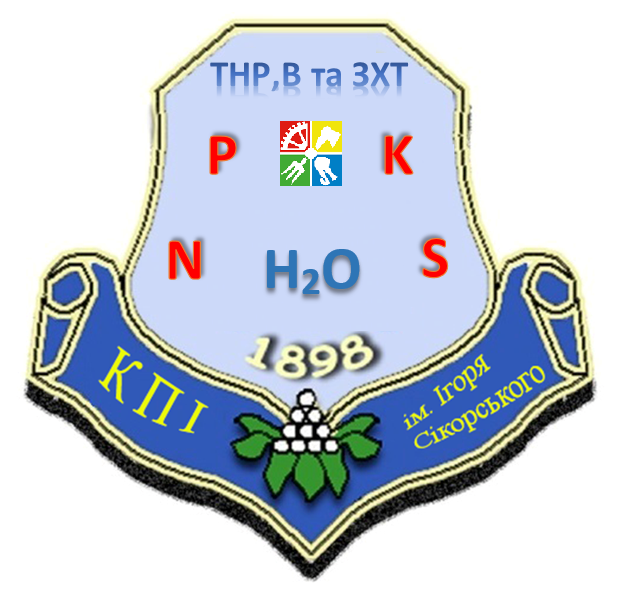Деякі літературні дані по проблемі очистик СВ фарм виробництв
Degradation and changes in toxicity and biodegradability of tetracycline during ozone/ultraviolet-based advanced oxidation
Advanced oxidation processes (AOPs) composed of O3, H2O2and ultraviolet (UV) were applied to degrade tetracycline (TC). Degradation efficiency was evaluated in terms of changes in absorbance (ABS) and total organic carbon (TOC). The change in biotoxicity was monitored with Escherichia coli and Vibrio fischeri. The improvement in biodegradability during oxidation was demonstrated through 5-day biochemical oxygen demand/chemical oxygen demand ratio and aerobic biological treatment. The combination of O3/H2O2/UV and O3/UV showed the best performance for the reductions in ABS and TOC. However, mineralization and detoxification were not perfect under the experimental conditions that were used in this study. Therefore, for the ultimate treatment of TC compounds, it is suggested that AOP treatment is followed by biological treatment, utilizing enhanced biodegradability. In this study, aerobic biological treatment by Pseudomonas putida was performed for O3/UV-treated TC. It was confirmed that O3/UV treatment improved TOC reduction and facilitated complete mineralization in biological treatment. Key words | advanced oxidation, biodegradability, biological treatment, biotoxicity, tetracycline Huyen Trang Luu and Kisay Lee
Drinking water treatment of priority pesticides using low pressure UV photolysis and advanced oxidation processes
This study reports the efficiency of low pressure UV photolysis for the degradation of pesticides identified as priority pollutants by the European Water Framework Directive 2000/60/EC. Direct low pressure UV photolysis and advanced oxidation processes (using hydrogen peroxide and titanium dioxide) experiments were conducted in laboratory grade water, surface water, and groundwater. LP direct photolysis using a high UV fluence (1500 mJ/cm2) was found to be extremely efficient to accomplish the degradation of all pesticides except isoproturon, whereas photolysis using hydrogen peroxide and titanium dioxide did not significantly enhance their removal. In all matrices tested the experimental photolysis of the pesticides followed the same trend: isoproturon degradation was negligible, alachlor, pentachlorophenol, and atrazine showed similar degradation rate constants, whereas diuron and chlorfenvinphos were highly removed. The degradation trend observed for the selected compounds fol- lowed the decadic molar absorption coefficients order with exception of isoproturon probably due to its extremely low quantum yield. Similar direct photolysis rate constants were obtained for each pesticide in the different matrices tested, showing that the water components did not significantly impact degra- dation. Extremely similar photolysis rate constants were also obtained in surface water for individual compounds when compared to mixtures. The model fluence and time-based rate constants reported were very similar to the direct photolysis experimental results obtained, while overestimating the advanced oxidation results. This model was used to predict how degradation of isoproturon, the most resilient compound, could be improved.
